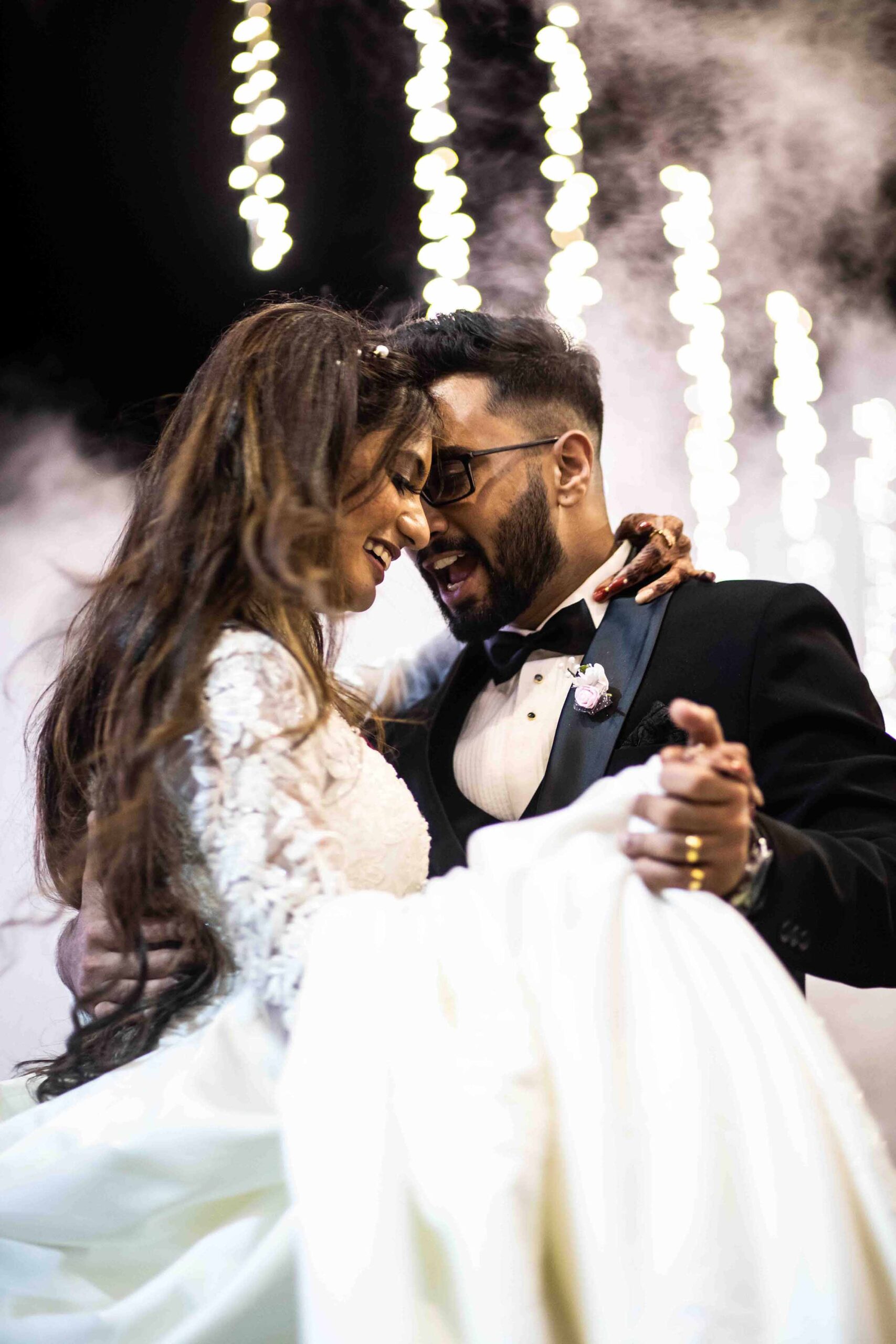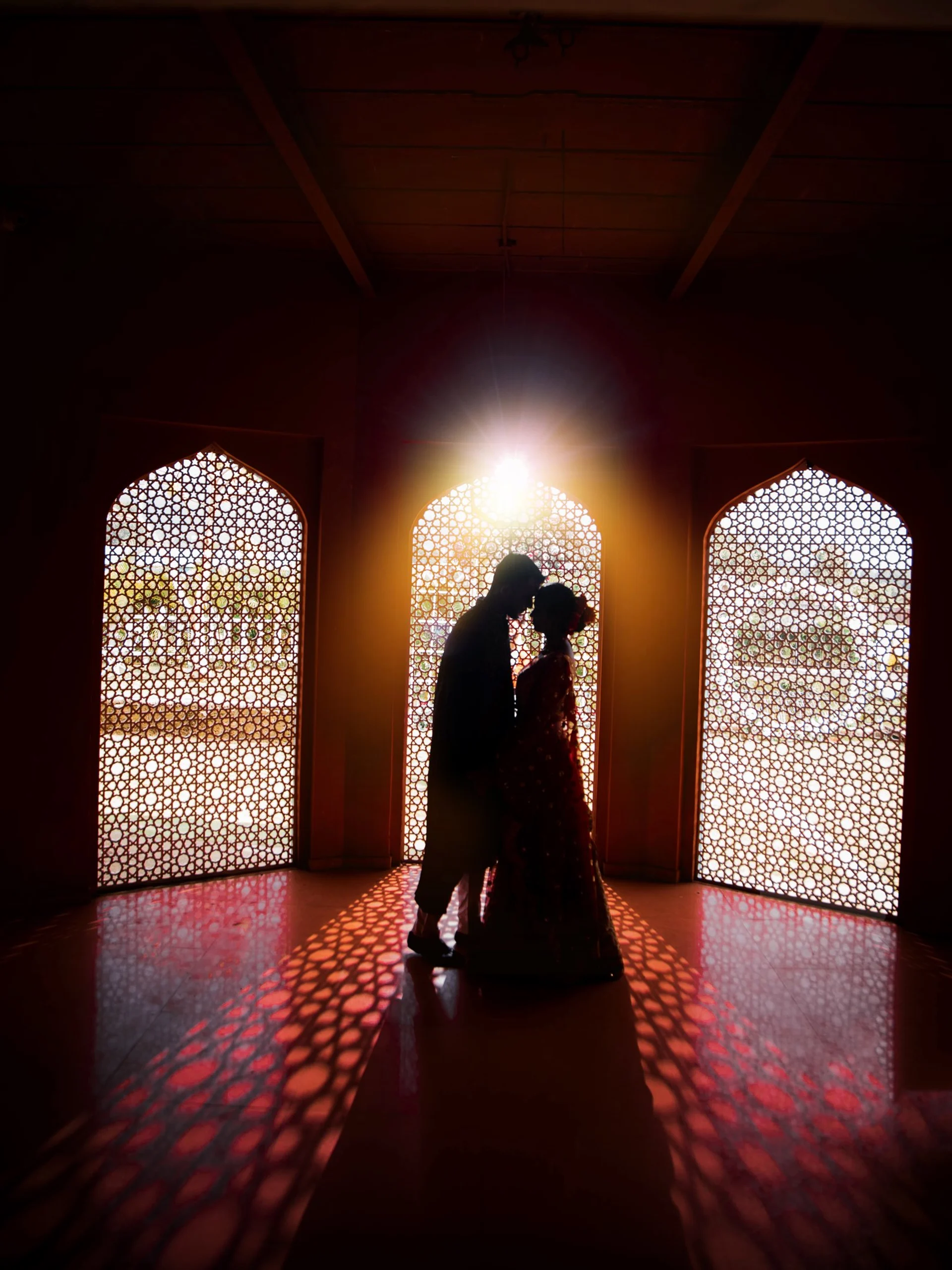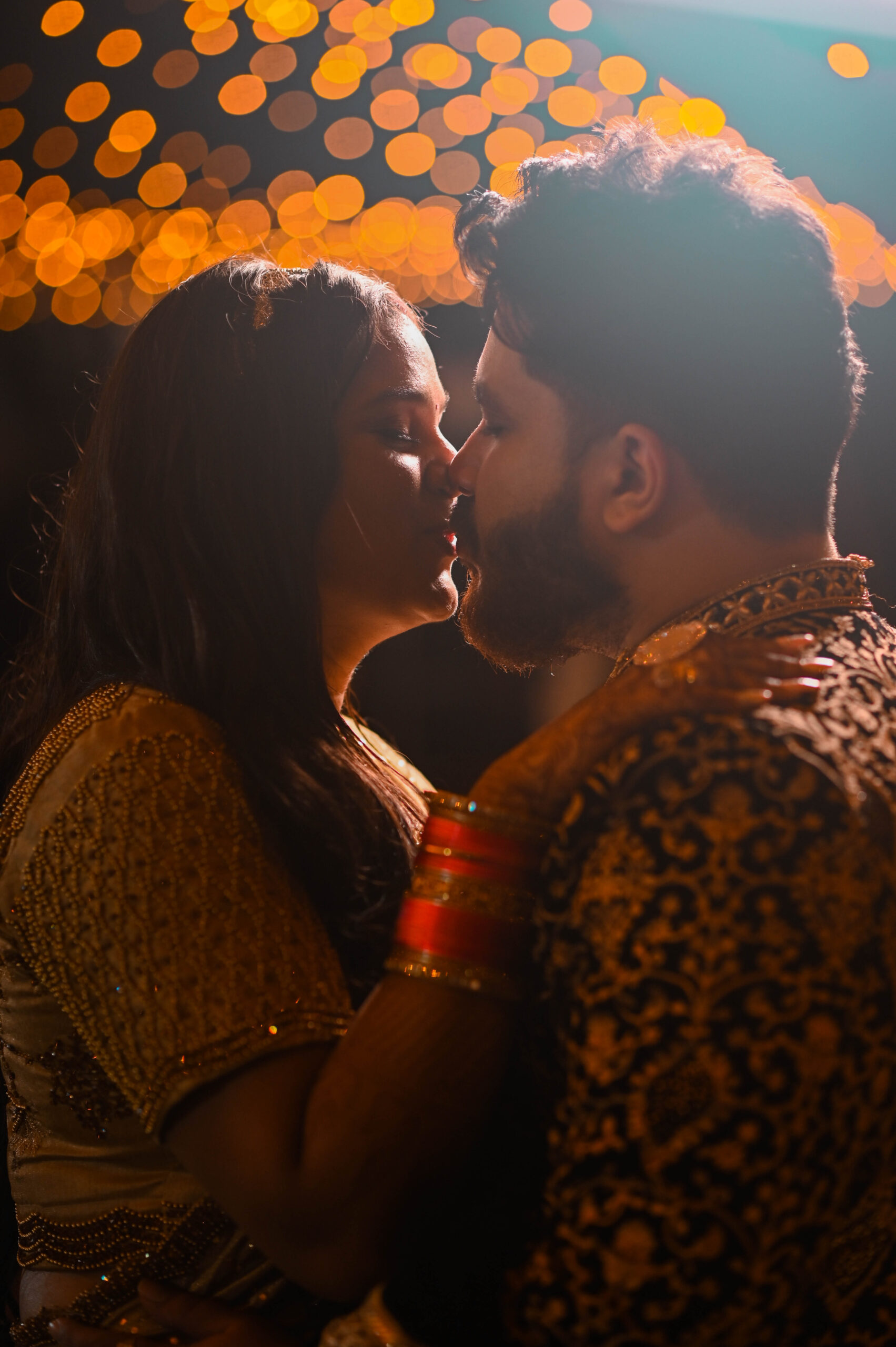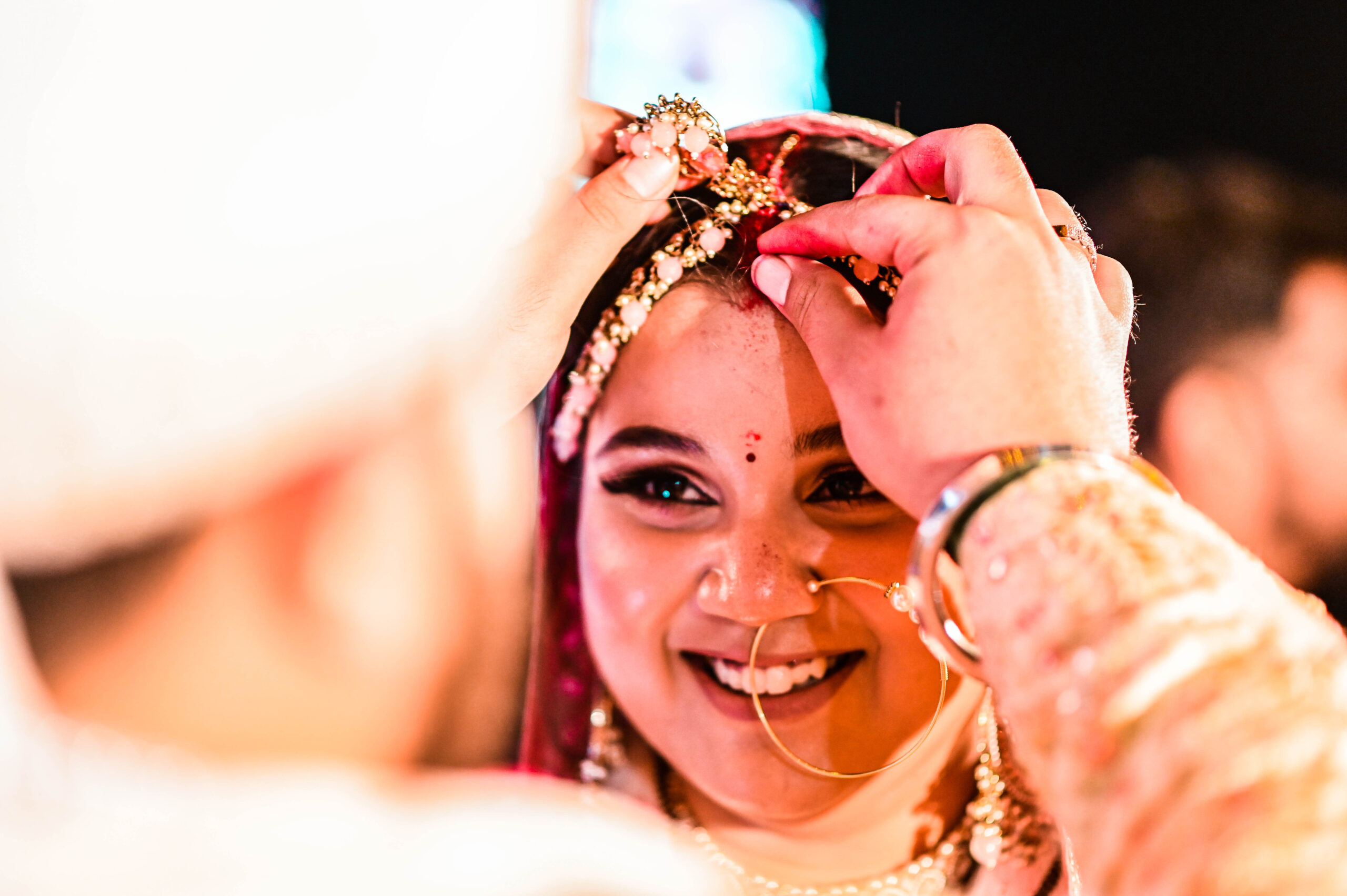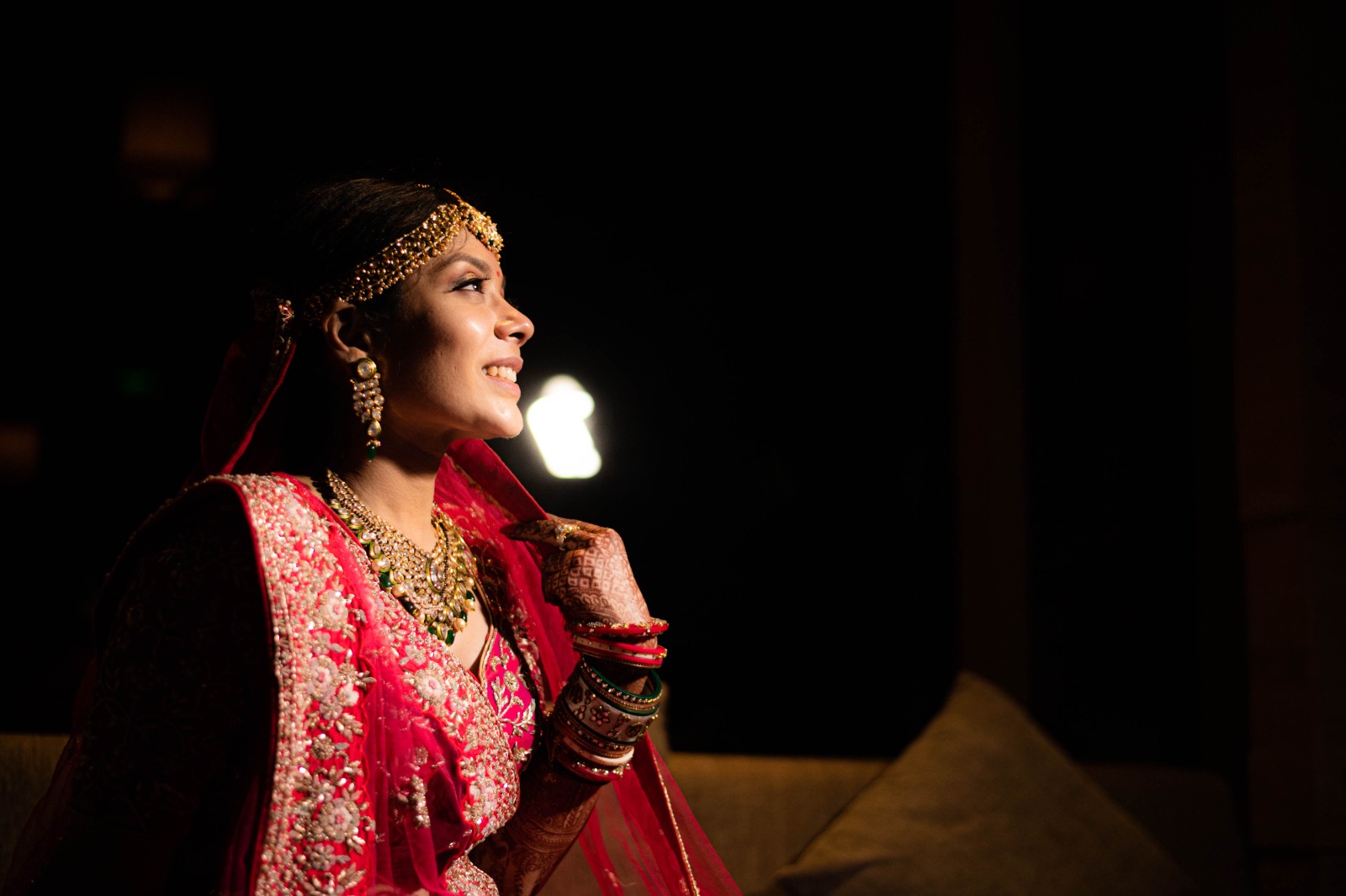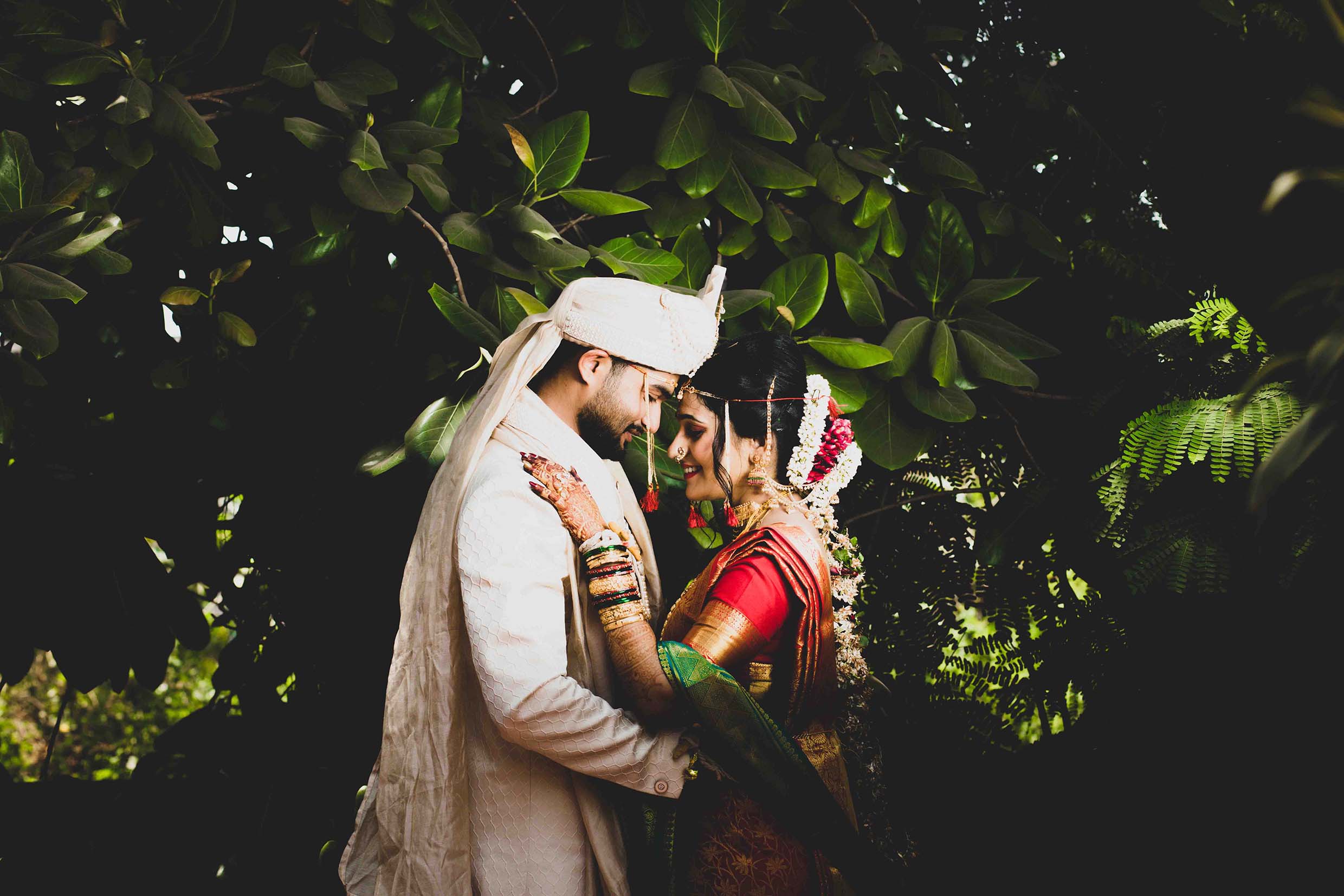Introduction wedding photography
wedding photography is a form of art that requires technical skill, an understanding of human emotion, and the ability to capture moments that will be cherished for a lifetime. wedding photography A wedding day is filled with love, joy, and celebration, and the photographer’s job is to encapsulate these fleeting moments in timeless images. wedding photography The “best view” in wedding photography is not simply the one with the prettiest background or the most perfect lighting. Instead, it’s about capturing an angle that tells a compelling story, showcases the connection between the couple, and preserves the intimate moments of the day.
The Importance of Perspective in wedding photography
wedding photography, in general, is all about perspective. The angle, distance, and focal length a photographer uses can completely alter how a subject is perceived. wedding photography In wedding photography, the “best view” is often the one that tells the most powerful story—whether it’s an intimate close-up, a sweeping wide shot, or a candid moment from an unexpected angle. wedding photography The right perspective can evoke emotion, showcase the grandeur of the event, or highlight the intimacy of a moment.
For wedding photography wedding photographers, it’s essential to have a strong understanding of the different types of perspectives and when to use them. wedding photography Choosing the right view can enhance the emotional impact of an image, making it more than just a beautiful photograph but also a powerful memory that resonates with the couple and their loved ones.
1. The Wide-Angle Shot: Capturing the Scope of the Day wedding photography
One of the most important views in wedding photography is the wide-angle shot. These types of images are usually taken with a wide lens to capture the grandeur of the event. wedding photography A wide-angle shot might include the entire venue, wedding photography the guests, and the couple, providing a sense of the atmosphere and scale of the celebration.
wedding photography Wide-angle shots are particularly effective during the ceremony, as they can show the full scene of the couple exchanging vows. wedding photography A wide-angle lens helps emphasize the environment, from the decorations and the guests to the setting itself, giving the viewer a sense of being there. wedding photography This type of shot helps provide context and a broader view of the wedding, reminding the couple of the overall experience.
2. The Intimate Close-Up: Capturing Emotions wedding photography
wedding photography While wide shots can show the big picture, close-ups are all about the details. The best wedding photography often come from capturing the emotions that lie beneath the surface. wedding photography A close-up of the bride’s hands as she adjusts her veil, a tear rolling down the groom’s cheek, or a loving glance between the couple can all evoke powerful emotions.
wedding photography Close-up shots help to highlight the delicate moments that may otherwise go unnoticed—these are the photographs that tell the story of the day in a more personal and intimate way. For example, wedding photography focusing on the bride and groom’s faces during the vows allows the photographer to capture the raw emotion and love between them. wedding photography These images often become cherished memories for the couple, as they offer a glimpse into the emotions that were felt at that moment.
3. The Over-the-Shoulder Shot: Perspective of the Couple wedding photography
wedding photography The over-the-shoulder shot is a popular technique in wedding photography, especially during moments such as the exchange of vows, wedding photography the first look, or the first dance. In this shot, wedding photography the photographer captures the scene from behind one of the couple’s shoulders, giving the viewer a sense of witnessing the moment alongside the couple.
wedding photography This perspective is particularly effective because it allows the viewer to connect with the subject while also feeling like they are a part of the moment. wedding photography The angle provides context and depth to the photo, as the background remains in focus while the couple is framed in the foreground. It’s a powerful shot that helps tell the story of the day from the couple’s perspective.
4. The Bird’s-Eye View: A Fresh and Dramatic Angle wedding photography
A bird’s-eye view, or aerial shot, offers a unique and dramatic perspective of the wedding photography wedding. wedding photography This angle captures the scene from directly above, allowing the photographer to showcase the overall layout of the venue, the guests, wedding photography and the couple in an entirely new way. It’s an excellent choice for wide shots during the ceremony or reception, where the photographer wants to highlight the symmetry or intricacy of the space.
For example, during the reception, a bird’s-eye view of the dance floor can reveal the joyful atmosphere, the arrangement of guests, and the dynamic movements of the dancers. wedding photography This perspective offers a fresh and creative approach to wedding photography and can add variety to the collection of images.
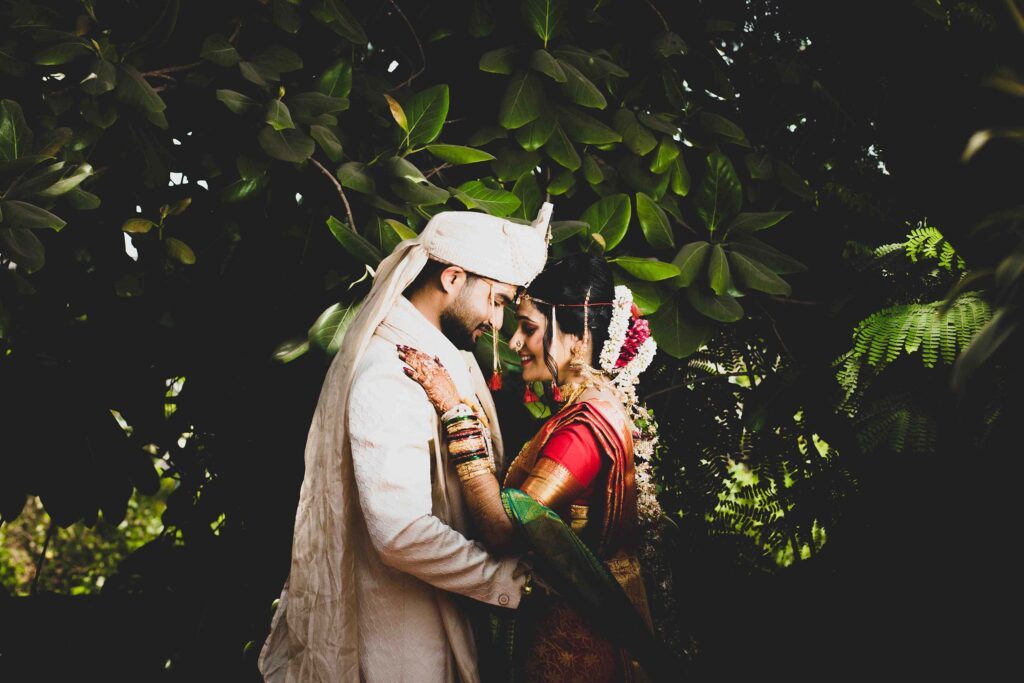
5. The Candid Shot: Natural and Unposed wedding photography
Candid shots are often the most cherished in wedding photography. These are the moments where the couple, their families, and friends are caught off guard, often in moments of laughter, tears, or pure joy. Candid wedding photography captures the essence of the day, focusing on emotions, expressions, and interactions that feel spontaneous and authentic.
wedding photography Candid shots are particularly effective when they capture the bride and groom interacting with their guests, sharing a laugh, or dancing. The beauty of candid moments lies in their honesty and raw emotion. These moments provide a personal connection to the event, allowing the couple to relive the joy and happiness they felt during the celebration.
6. The First Look: A Moment of Intimacy wedding photography
The wedding photography first look is one of the most anticipated moments of a wedding day, and it deserves a special view. This private moment, wedding photography when the couple sees each other for the first time before the ceremony, is filled with emotion and anticipation. The first look is often photographed from various angles, but one of the most intimate and powerful shots is a close-up or an over-the-shoulder shot.
wedding photography Photographers often position themselves at a distance and capture the moment as the groom turns around to see his bride for the first time, capturing his reaction and the bride’s expression. wedding photography The moment is intimate, and the angle allows the photographer to focus on the raw emotions of the couple without distraction. This moment is filled with excitement, nervousness, and joy, and the photos taken during this time are often treasured memories for the couple.
7. The Wide-Angle Detail Shot: Emphasizing the Decor wedding photography
While wedding photography is about capturing the couple and their emotions, it’s also important to document the details that make the day special. From the floral arrangements to the table settings, wedding décor plays a significant role in setting the tone for the day. Wide-angle detail shots capture the overall aesthetic of the wedding, showcasing the beauty of the venue and the decor in its entirety.
These wedding photography types of shots are important because they remind the couple of the effort and creativity that went into planning the wedding. They also serve as beautiful artistic pieces in the wedding album, offering a visual representation of the couple’s vision for their big day.
8. The Motion Shot: Capturing Movement and Energy wedding photography
wedding photography days are filled with movement, whether it’s the couple walking down the aisle, guests mingling, or the bride and groom sharing their first dance. wedding photography Motion shots can be particularly powerful in conveying the energy and liveliness of the event. These images are often captured by using a slow shutter speed to blur motion or by focusing on a specific movement while leaving the background in focus.
Capturing motion adds a sense of dynamism and energy to wedding photography. For example, a shot of the bride spinning in her wedding dress or a group of guests dancing with joy can encapsulate the festive and celebratory atmosphere of the day.
9. The Romantic Sunset Shot: Capturing Love and Beauty wedding photography
The sunset shot is one of the most romantic and breathtaking views in wedding photography. This shot is typically taken outside, during the golden hour when the sun is setting, creating a soft, warm glow in the photos. wedding photography A sunset shot can capture the couple in a romantic embrace, silhouetted against the beautiful colors of the sky.
wedding photography These shots are often taken as a way to reflect the love and connection between the couple. wedding photography The lighting at sunset provides a soft and flattering glow that enhances the couple’s features, creating an ethereal and romantic atmosphere in the image. Sunset shots are timeless, and many couples treasure these photographs as a symbol of their love.
10. The Black and White Shot: Timeless and Classic wedding photography
While color wedding photography is the norm for modern wedding photography, black and white images continue to hold a special place in capturing the emotion and elegance of a wedding day. wedding photography Black and white photos often strip away distractions, allowing the viewer to focus entirely on the subject and the emotion conveyed in the image.
In wedding photography, black and white images can add a classic and timeless feel to the wedding album. wedding photography A black and white close-up of the couple during their first dance or a candid moment between family members can evoke a sense of nostalgia and elegance. wedding photography These images have a way of emphasizing the emotional depth of the moment, making them some of the most memorable shots in the wedding collection.
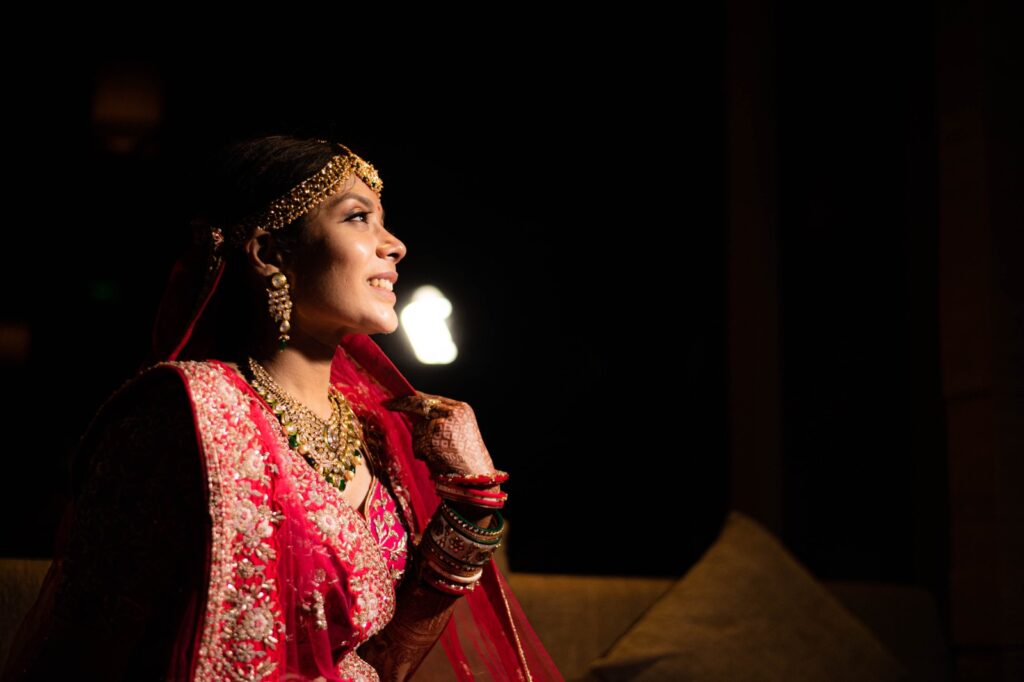
Techniques for Capturing Love and Emotion wedding photography
wedding photography To capture these emotional moments effectively, photographers use various techniques that help highlight the feeling and connection between the couple.
a. Focus on Expressions wedding photography
Expressions are the windows to emotions. A wedding photography should focus on capturing facial expressions—smiles, tears, laughter, and looks of love. It’s these micro-expressions that convey the depth of emotion and connection.
b. Use of Light wedding photography
wedding photography Lighting plays a critical role in setting the tone of the photo. Soft, natural light can evoke warmth and intimacy, wedding photography while dramatic lighting can add depth and emotion. A skilled photographer knows how to use light to highlight the emotional essence of the moment.
c. Composition wedding photography
The way the wedding photography frames a shot can emphasize the emotion. For example, a close-up shot of the couple holding hands or a wide shot of the couple surrounded by their loved ones can capture the feelings of love and togetherness. wedding photography Using the right composition can draw the viewer’s attention to the emotional focal point of the image.
d. Timing wedding photography
Timing is key in wedding photography. Capturing the perfect moment often requires the photographer to be quick and perceptive. Whether it’s the blink of an eye, a heartfelt kiss, or a fleeting smile, the photographer must be ready to capture the emotion as it happens.
Techniques for Capturing Love and Emotion wedding photography
To wedding photography capture these emotional moments effectively, photographers use various techniques that help highlight the feeling and connection between the couple.
a. Focus on Expressions wedding photography
wedding photography Expressions are the windows to emotions. wedding photography A photographer should focus on capturing facial expressions—smiles, tears, laughter, and looks of love. It’s these micro-expressions that convey the depth of emotion and connection.
b. Use of Light wedding photography
wedding photography Lighting plays a critical role in setting the tone of the photo. Soft, natural light can evoke warmth and intimacy, while dramatic lighting can add depth and emotion. A skilled photographer knows how to use light to highlight the emotional essence of the moment.
c. Composition wedding photography
The way the wedding photography frames a shot can emphasize the emotion. For example, a close-up shot of the couple holding hands or a wide shot of the couple surrounded by their loved ones can capture the feelings of love and togetherness. Using the right composition can draw the viewer’s attention to the emotional focal point of the image.
d. Timing wedding photography
Timing is key in wedding photography. Capturing the perfect moment often requires the photographer to be quick and perceptive. Whether it’s the blink of an eye, a heartfelt kiss, or a fleeting smile, the photographer must be ready to capture the emotion as it happens.
History of wedding photography
The practice of capturing wedding photography dates back to the 19th century. Before the invention of wedding photography, weddings were remembered through painted portraits or written accounts. Early wedding photographs were often quite formal and posed, due to the limitations of wedding photography photographic technology at the time. The first wedding photography were taken using daguerreotype or tintype techniques, which required long exposure times and heavy equipment.
In the early years of wedding photography, the expense and complexity of having a wedding captured on film meant that it was mostly reserved for the wealthy. However, as wedding photography technology advanced, it became more accessible to the middle class, and by the 20th century, wedding photography had become a common practice.
In the 1980s and 1990s, the digital revolution transformed the wedding photography industry. With the advent of digital cameras, wedding photography no longer had to worry about developing film or the costs associated with film wedding photography. This led to greater creative freedom and the ability to take an unlimited number of shots, ensuring that no moment was missed. Digital wedding photography also made it easier to edit photos, giving photographers more control over the final product.
Today, wedding photography encompasses a wide variety of styles, including traditional, photojournalistic, fine art, and contemporary approaches, allowing couples to choose a photographer whose style matches their vision for the day.

The Role of a wedding photography
A wedding photography wedding photographer’s role is not limited to simply taking photographs. wedding photography It involves a deep understanding of the couple’s vision for their wedding day and the ability to capture that vision through the lens. Here are the key aspects of a wedding photography wedding photographer’s responsibilities:
- Planning and Consultation: wedding photography
Before the wedding day, the wedding photography will typically meet with the couple to discuss their preferences, specific moments they want to capture, and any special requests. This meeting allows the photographer to understand the couple’s style, the timeline of the wedding, and any logistical challenges they might face. - Pre-Wedding Shoot (Optional): wedding photography
wedding photography Some couples opt for an engagement session or a pre-wedding shoot. This gives the couple a chance to get comfortable in front of the camera and allows the photographer to get a better sense of their dynamic and comfort levels. - Capturing Key Moments: wedding photography
On the day of the wedding, the photographer is responsible for capturing the key moments, such as the ceremony, vows, the first kiss, the family portraits, and the reception. wedding photography A good photographer will be able to work unobtrusively and capture candid moments that reflect the true emotions of the day. - Details and Atmosphere: wedding photography
Beyond the people, wedding photographers also capture the details—the decorations, the flowers, the cake, and the rings. wedding photography These images help tell the story of the day and highlight the unique elements that make each wedding special. - Editing and Post-Processing: wedding photography
After the wedding, the photographer will go through the images, selecting the best ones, and editing them for color correction, lighting, and composition. wedding photography This step transforms the raw images into polished, professional-quality photos. - Delivering the Final Product: wedding photography
Once the editing process is complete, wedding photography the photographer will deliver the final images to the couple, often in the form of a digital gallery, prints, or even a custom album. The couple can choose how they wish to display or share the photos.
Styles of wedding photography
There are various styles of wedding photography, and each photographer may specialize in one or combine multiple styles. wedding photography Understanding these styles helps couples choose a photographer who can best capture their wedding vision.
- Traditional (Classic) wedding photography: Traditional wedding photography focuses on posed shots, often with formal, structured compositions. This style typically involves capturing key moments like the couple walking down the aisle, the exchange of rings, family group shots, and staged bridal portraits. This style is timeless, offering elegant and polished images.
- Photojournalistic wedding photography: In wedding photography contrast to the traditional approach, photojournalistic wedding photography emphasizes candid shots. The photographer captures the day as it unfolds, documenting moments without directing or interfering. The aim is to capture raw, authentic emotions and the story of the day. Photojournalism offers a more documentary-style approach, where the couple and their guests are captured in unposed moments.
- Fine Art wedding photography: wedding photography Fine art wedding photography takes a more creative, artistic approach to capturing the wedding day. Photographers who specialize in this style often focus on composition, lighting, and mood to create visually stunning and artistic images. They may use special techniques like film photography or experimental editing to achieve a unique look.
- Contemporary wedding photography: wedding photography Contemporary wedding photography blends traditional and modern approaches. Photographers might incorporate elements of fine art or photojournalism but with a more modern aesthetic. This style often includes creative poses, unique angles, and more experimental editing techniques.
- Destination wedding photography: Destination wedding photography is a niche within the wedding photography industry, focusing on weddings that take place in exotic or remote locations. Photographers in this field must be skilled at adapting to new environments, understanding cultural nuances, and working with natural light.
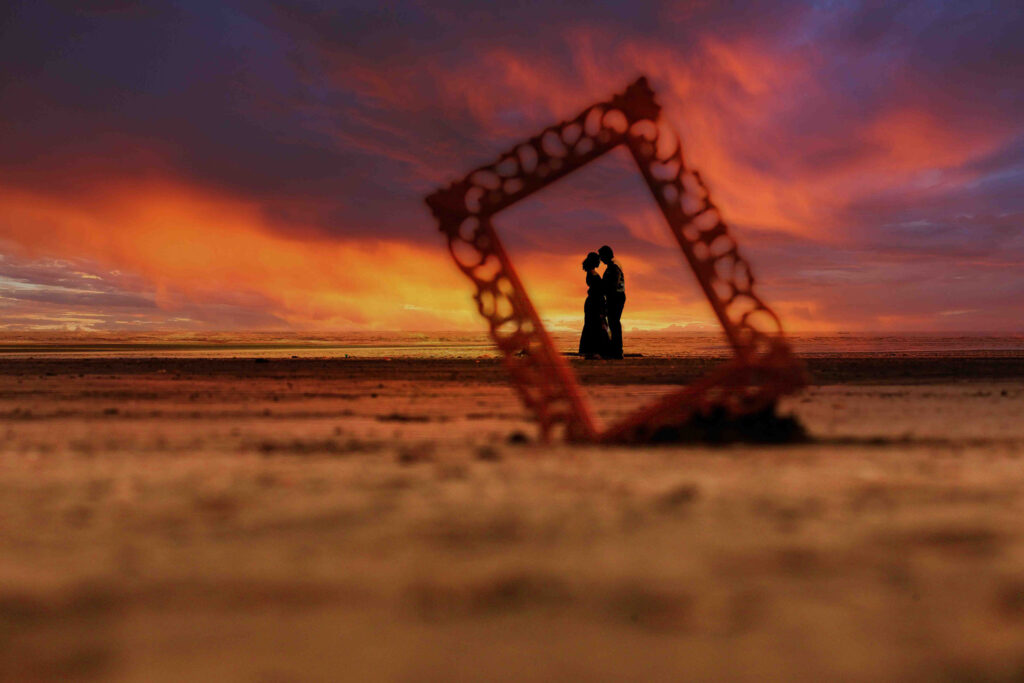
Skills Required for wedding photography
wedding photography is a complex field that requires a wide range of skills. Photographers must possess both technical expertise and the ability to connect with clients emotionally. Some of the key skills required include:
- Technical Proficiency: wedding photography Wedding photographers need to be experts in their equipment. They must understand how to use cameras, lenses, lighting, and other gear to capture high-quality images in a variety of settings and lighting conditions. This includes understanding exposure settings, white balance, and depth of field.
- Attention to Detail: wedding photography are full of small details that make the day unique. A photographer must have a keen eye for detail to capture these elements, such as the intricate design of the wedding cake, the bride’s shoes, or the couple’s wedding rings.
- People Skills: A wedding photography spends the entire day interacting with the couple, their families, and guests. Building rapport with people is crucial, as it helps create a comfortable environment and ensures the photographer can capture candid and natural moments.
- Creativity: wedding photography is an art, and creativity plays a huge role. A photographer must be able to see ordinary moments and transform them into extraordinary photographs. Whether through creative posing, unique angles, or imaginative compositions, creativity is essential for producing standout images.
- Time Management: wedding photography Weddings are fast-paced, and there’s often a lot of pressure to capture specific moments at the right time. A photographer must be able to manage their time effectively to ensure they don’t miss key moments while also maintaining a relaxed atmosphere.
- Post-Processing and Editing: wedding photography After the wedding, photographers spend considerable time editing photos to perfect the colors, exposure, and overall look of the images. Proficiency in editing software such as Adobe Lightroom and Photoshop is essential for producing high-quality, polished images.
Challenges in wedding photography
While wedding photography can be incredibly rewarding, it comes with its fair share of challenges. Here are some of the common difficulties faced by wedding photography wedding photographers:
- Unpredictable Weather: wedding photography Outdoor weddings can be a gamble when it comes to weather. Photographers must always be prepared for rain, wind, or intense sunlight, which can affect the quality of the photos. A skilled wedding photographer must be able to adapt to various weather conditions and still deliver great results.
- Long Working Hours: wedding photography Wedding photography often requires photographers to work long hours. A wedding day can span from early morning preparations to late-night dancing and celebrations. This can be exhausting, both physically and mentally, especially when photographers are expected to stay focused and creative throughout the day.
- Client Expectations: wedding photography Wedding clients often have high expectations for their wedding photos. They may have a specific vision in mind, and meeting those expectations can be stressful for photographers. Communicating clearly with clients before the wedding is essential to understanding their needs.
- Handling Multiple Tasks: A wedding photography wedding photographer is often responsible for a multitude of tasks on the day of the event, including directing group photos, setting up lighting, and ensuring that they don’t miss important moments. This multitasking requires excellent organizational skills.
- Emotional Pressure: wedding photography Wedding photographers are capturing one of the most important days in a couple’s life, and there is immense pressure to get everything right. Mistakes are not easily forgiven, as the couple will cherish these photos for years. Managing that pressure is essential to delivering high-quality work.
1. Choose the Right wedding photography
The foundation of great wedding photography begins with selecting the right photographer. wedding photography The best photographers are not just technical experts—they are storytellers who understand how to capture the unique moments of a wedding day. wedding photography When searching for a wedding photographer, consider the following:
a. Review Their Portfolio wedding photography
wedding photography The first step in finding a great wedding photographer is to review their portfolio. Look for a style that resonates with you, wedding photography whether it’s photojournalistic, fine art, traditional, wedding photography or a blend of styles. Pay attention to how the photographer handles lighting, composition, and storytelling. Make sure the portfolio reflects consistency in quality and style.
b. Personality and Compatibility wedding photography
Your wedding photography will be with you throughout your day, often in close proximity during intimate moments. wedding photography It’s essential to hire someone whose personality meshes well with yours. A photographer who is approachable, wedding photography friendly, and confident will make you feel more comfortable, which results in more natural, genuine moments being captured.

c. Experience with Weddings wedding photography
Choosing a photographer who has experience in wedding photography is crucial. Weddings are dynamic events with lots of moving parts, so an experienced wedding photography photographer will be able to adapt to different scenarios (e.g., changing lighting, unpredictable weather, large groups of guests). They will know how to direct group shots while still capturing candid moments.
2. Pre-Wedding Planning wedding photography
wedding photography To ensure a seamless and stress-free photography experience on the wedding day, thorough planning before the event is essential. wedding photography Here are the best ways to prepare:
a. Discuss Your Vision wedding photography
Before the wedding, meet with your wedding photography to discuss your vision. This includes the style of photos you want, any special moments you want to capture, and the overall mood of the day. wedding photography Are you more inclined toward candid shots or formal portraits? Would you like your photos to feel relaxed and spontaneous, or do you want a more polished, posed look?
b. Create a Shot List wedding photography
While a good wedding photography will be able to anticipate key moments, it’s always helpful to create a shot list. wedding photography This list should include must-have images, such as the bride and groom walking down the aisle, the first kiss, wedding photography first dance, group photos with family members, and any special details like the rings, invitations, and wedding attire.
c. Scout the Locations wedding photography
If possible, visit your wedding venue with your wedding photography before the big day. This allows them to get a sense of the lighting, the layout, and any potential challenges. wedding photography If you’re getting married outdoors, the photographer can scout the area for beautiful backdrops and ensure they’re prepared for changes in lighting or weather.
d. Discuss the Timeline wedding photography
A well-organized wedding photography wedding day schedule is essential for smooth photography. wedding photography Discuss the wedding day timeline with your photographer to ensure there’s enough time for key moments, including pre-wedding shots, the ceremony, family portraits, and the reception. Make sure to build in some buffer time in case things run late.
3. Capturing Key Moments with Authenticity wedding photography
wedding photography On the wedding day, the photographer’s role is to capture the significant moments, emotions, and memories as they unfold naturally. Here are some of the most important moments to focus on:
a. Pre-Ceremony Shots wedding photography
wedding photography The best wedding photos often begin long before the ceremony. Capture candid moments of the bride and groom getting ready, surrounded by their closest family and friends. wedding photography This includes shots of the bride putting on her dress, the groom adjusting his tie, and the anticipation in the air. These moments help set the stage for the day’s emotions.
b. The First Look wedding photography
wedding photography For many couples, the first look is one of the most emotional moments of the day. Whether you choose to see each other before the ceremony or wait until the walk down the aisle, this moment should be captured in a way that reflects the couple’s emotion. The photographer should focus on the expressions and the intimate connection shared between the couple.
c. Ceremony Highlights wedding photography
wedding photography The ceremony itself is filled with key moments: walking down the aisle, the exchange of vows and rings, the first kiss, and the newlyweds’ first steps as a married couple. wedding photography These are the moments that define the wedding and should be captured with attention to detail. The photographer should aim to capture the couple’s emotions during these pivotal moments, as well as the reactions of guests.
d. Candid Shots of Guests wedding photography
wedding photography Some of the best wedding photos come from candid moments. Capturing the reactions of guests as they laugh, cry, wedding photography or celebrate adds authenticity to the wedding album. Photographers should stay observant, ready to capture moments of joy, surprise, and emotion.
e. Group Photos wedding photography
Family portraits are an essential part of wedding photography. However, they don’t have to be stiff or overly posed. wedding photography While it’s important to get the classic group shots, great photographers will know how to make family photos feel natural. Ensure that you’ve prepared a list of key people for these shots so that they can be done quickly and efficiently.
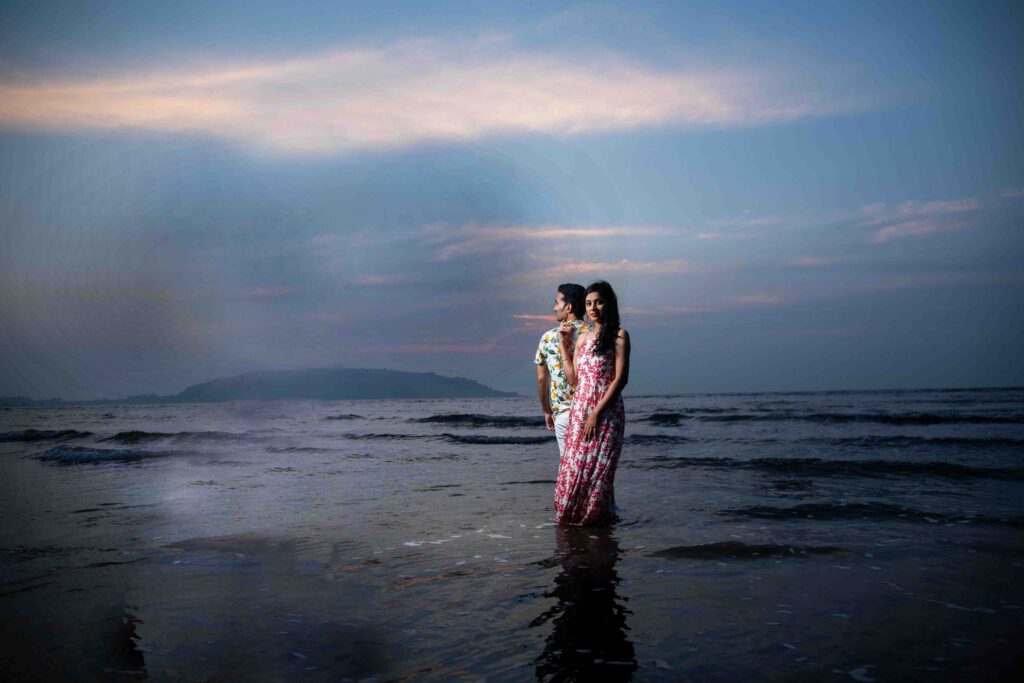
f. The Reception: Dancing and Celebration wedding photography
wedding photography The reception is a time to let loose, celebrate, and have fun. The best way to capture this is by focusing on the energy of the moment. wedding photography The couple’s first dance, the speeches, and spontaneous dancing provide fantastic opportunities for candid, emotional shots. wedding photography Photographers should also focus on small, intimate moments during the reception, like guests sharing a laugh or a heartfelt moment with the couple.
4. Emphasizing the Details wedding photography
wedding photography Weddings are full of beautiful details, and a great photographer knows how to highlight these. Focus on capturing the little things that make the wedding unique, such as:
- The bride’s dress, shoes, and accessories
- The wedding rings
- The floral arrangements and bouquets
- The table settings and decorations
- The cake and dessert table
- Personalized elements (e.g., handwritten vows, signage)
wedding photography These details add layers to the wedding story and create a comprehensive visual narrative of the day. Taking time to photograph these moments ensures that every aspect of the celebration is remembered.
5. Post-Wedding Editing and Delivery wedding photography
After the wedding photography wedding, the photographer’s work isn’t over. The post-production phase is where the raw images are refined to create the final product. wedding photography The best way to approach editing and delivery is:
a. Editing with Care wedding photography
wedding photography The editing process is crucial for enhancing the photos while keeping them true to the couple’s vision. Skilled photographers will adjust exposure, color balance, and lighting to create images that feel natural but polished. Many photographers also offer black-and-white versions of select photos for a timeless touch.
b. Timely Delivery wedding photography
wedding photography Couples are eager to see their wedding photos, so timely delivery is essential. Depending on the package, wedding photography photographers may provide a digital gallery within a few weeks to a couple of months. wedding photography Some photographers also offer beautifully crafted wedding albums, which can serve as a physical representation of the couple’s special day.
c. The Wedding Album wedding photography
wedding photography In addition to digital galleries, many couples choose to invest in a wedding album that showcases the best photos from the day. wedding photography A high-quality, professionally designed album is a beautiful way to relive the wedding day and share the memories with future generations.
6. Tips for Couples to Get the Best Photos wedding photography
While the wedding photography plays the key role in capturing great wedding photos, couples can also take steps to ensure the best results:
- Be Relaxed and Natural: The wedding photography more relaxed you are, the more natural and authentic your photos will be. Trust your photographer and enjoy the moments as they come.
- Communicate Your Preferences: If you have specific ideas for your wedding photos, communicate these with your wedding photography photographer. Share any inspiration you have, but also be open to their creative suggestions.
- Be Prepared for Group Photos: wedding photography Organize your family and bridal party for group shots, so you don’t waste time during the session. Ensure everyone is present and ready.
- Take Care of Your Appearance: wedding photography While your photographer will do their best to capture the beauty of the day, paying attention to your attire, hair, and makeup can help you look your best in photos.
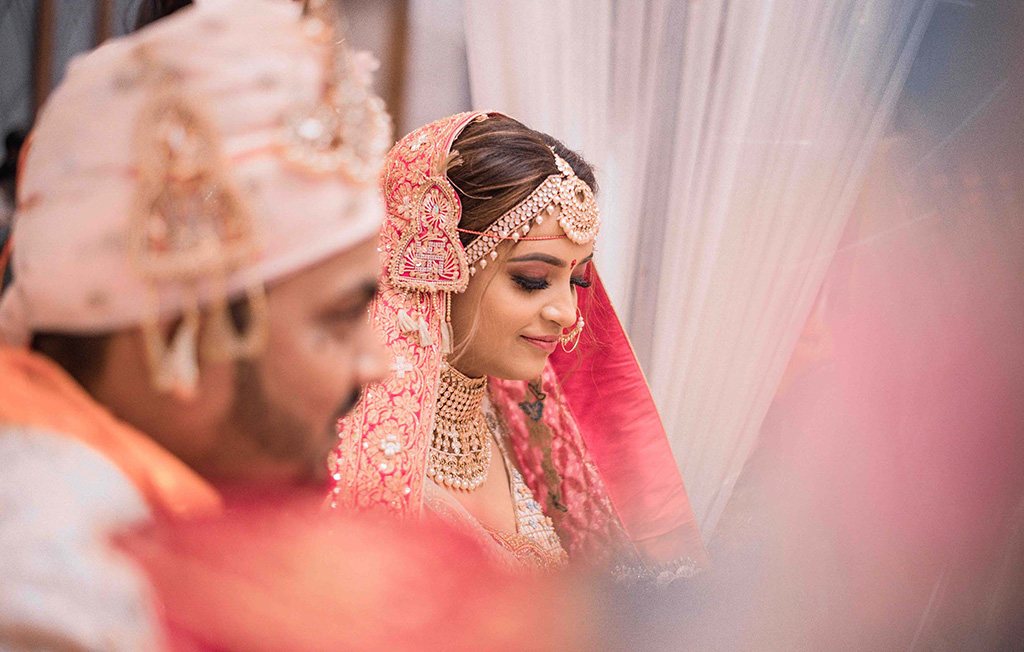
Conclusion wedding photography
wedding photography is more than just capturing pictures; it’s about capturing moments, emotions, and stories that will last forever. The best way to approach wedding photography is to choose a skilled, experienced photographer .
The “best view” in wedding photography is not a one-size-fits-all concept. wedding photography Every wedding is unique, and the perspectives that work best will depend on the couple, the venue, the lighting, and the moments that unfold throughout the day. wedding photography Whether it’s a wide-angle shot that captures the grandeur of the event, a close-up that highlights the intimacy of a moment, or a candid image that showcases raw emotion, the goal of wedding photography is to tell the couple’s story in a way that feels authentic and timeless.
By choosing the right perspective and angle for each moment, wedding photography can create a collection of images that not only document the day but also evoke the emotions and memories that make it so special. wedding photography Ultimately, the best view in wedding photography is the one that most powerfully captures the love, joy, and connection shared between the couple on their wedding day.
